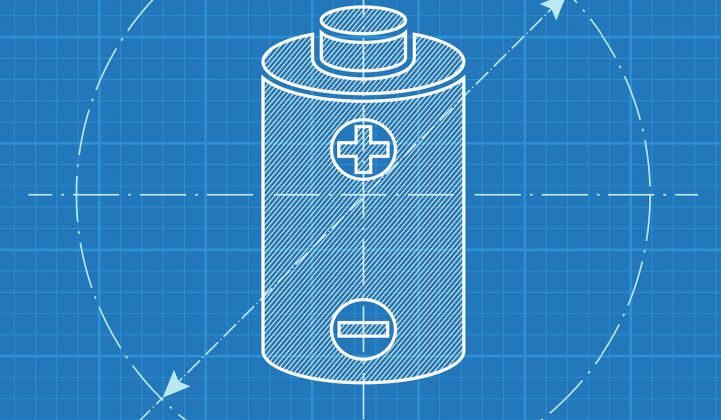Dutch developer Eneco and Japanese conglomerate Mitsubishi are developing a record-breaking battery designed for Germany’s primary reserve market, which will compete against coal and gas units.
The two companies have formed a German joint venture, Enspire ME, to develop what will be Europe’s largest battery plant, with 48 megawatts and 50 megawatt-hours of capacity, in Jardelund, Schleswig-Holstein, close to Germany’s border with Denmark.
The location is a nexus for offshore wind farm energy transmission. Enspire ME has already been granted a permit for the project and expects to start construction at the beginning of June. The plant is due to be up and running by December.
Enspire ME hopes to store surplus wind production at the battery plant so it can outdo coal and gas plants on the primary reserve market, where transmission network operators purchase capacity to keep the grid running at 50 hertz.
The joint venture companies, which only have limited grid-scale energy storage experience, will be relying on NEC for the battery system. NEC is offering a 15-year warranty on its lithium-ion batteries, according to Marc Wegman, director of industrial assets at Eneco.
Eneco and Mitsubishi have equal stakes in Enspire ME and will be investing “tens of millions” in the battery system, said Wegman. The project will be financed via bank loans, with “a small part” coming through German subsidies, Wegman said.
Part of the rationale for developing the project in Germany was the availability of energy storage subsidies, he said.
Bidding against gas and coal plants on the German primary reserve market, the joint venture is expecting to recover its investment in five or six years, Wegman said. Enspire ME is hoping to develop even more profitable battery projects in the future as the price of batteries falls.
“It’s a very expensive technology, but somebody has to be the first to try it out,” said Wegman. “We strongly believe it’s going to be the future. We expect that if the governments in Europe will phase out gas- and coal-fired plants, there will be more projects like this.”
Eneco has been mulling the project for two years, he said, and has finally moved forward because of declining lithium-ion battery costs.
The decision to use batteries came down to the location of the project, which was not suitable for alternatives such as pumped hydro or compressed-air energy storage.
The project is the biggest energy storage development for both Eneco and Mitsubishi; although the Japanese firm earlier this year announced a partnership with AES India to build India’s first grid-scale battery array, a 10-megawatt plant for Tata Power Delhi Distribution.
Separately, Eneco is working on tying together residential battery systems to assemble virtual power plants, using Tesla Powerwall batteries, in the Netherlands and Germany.
Eneco’s relationship with Mitsubishi stretches back several years. In 2013, the two companies inked a long-term partnership to develop offshore wind plants across Europe, starting with the 130-megawatt Luchterduinen in the Netherlands.
It remains to be seen if more battery storage plants will be built to harness Europe’s growing wind energy capacity, said Aris Karcanias, senior managing director for economic and financial consulting and co-lead of the clean energy practice at FTI Consulting in London.
“I have no doubt we will see further storage solutions geared at dealing with the variability posed by renewables,” he said. “However, I do not expect batteries to necessarily be placed where there is wind.”
The key to future large-scale battery plants in Europe will be addressing specific grid needs and stacking revenues, said Karcanias.
“The primary reserve market can be a highly lucrative market, and in truth it is a surprise no one has decided to make such a move sooner,” he commented. “What's also significant is this is a clear confirmation of the need to place the storage system close to nodes where the battery system can increase its utility to the grid."



